Guayabo and Sustainable Energy - Up Close and Personal
As we headed to Guayabo, a lot of students expressed sadness that we were leaving two locations that were so close to the water. However, they were in for a surprise when we pulled into Guayabo, as our lodge was in the shadow of a Volcano, which created various hot springs on the property. Sprinkled throughout the grounds different pools, all heated naturally by the heat of the volcano. In addition, trails circled the grounds and led to different lookout points. The property neighbored fields where cows grazed, and a natural mud bath was tucked in the northern part of the property. As we wound our way up the mountains into Guayabo, wind turbines circled in the distance, spinning continuously thanks to the windy climate in the mountains. The weather was the complete opposite of Chira and Coco – here, we were in the rainy season, which envelops the region almost year-round. Clouds moved quickly overhead due to our high altitude, and it wasn’t uncommon to go from sunny blue skies to torrential rain all within 10 minutes.
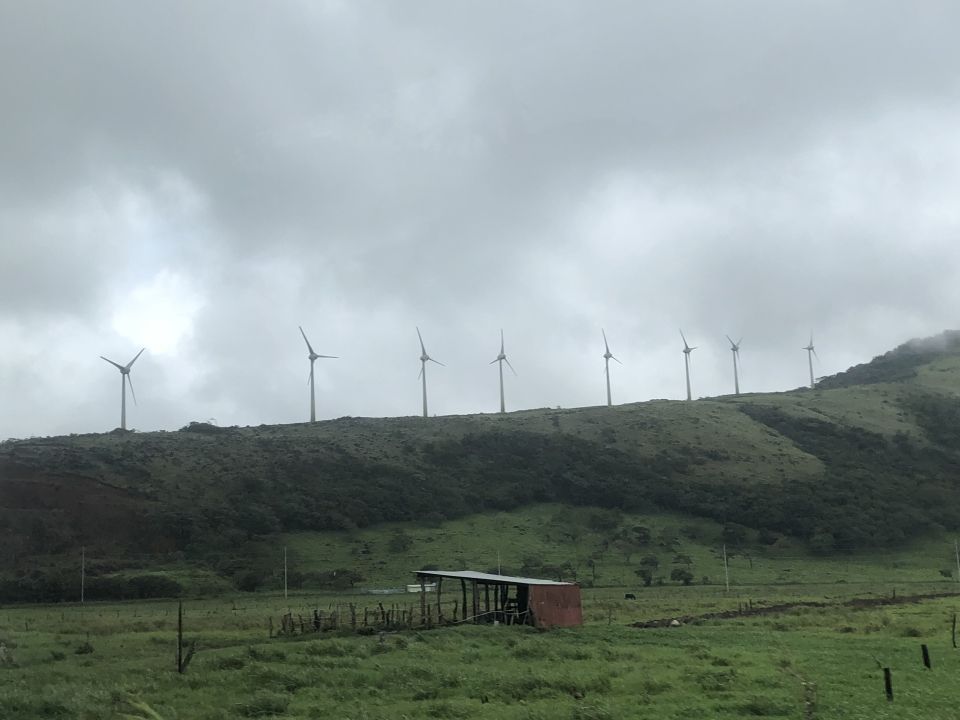
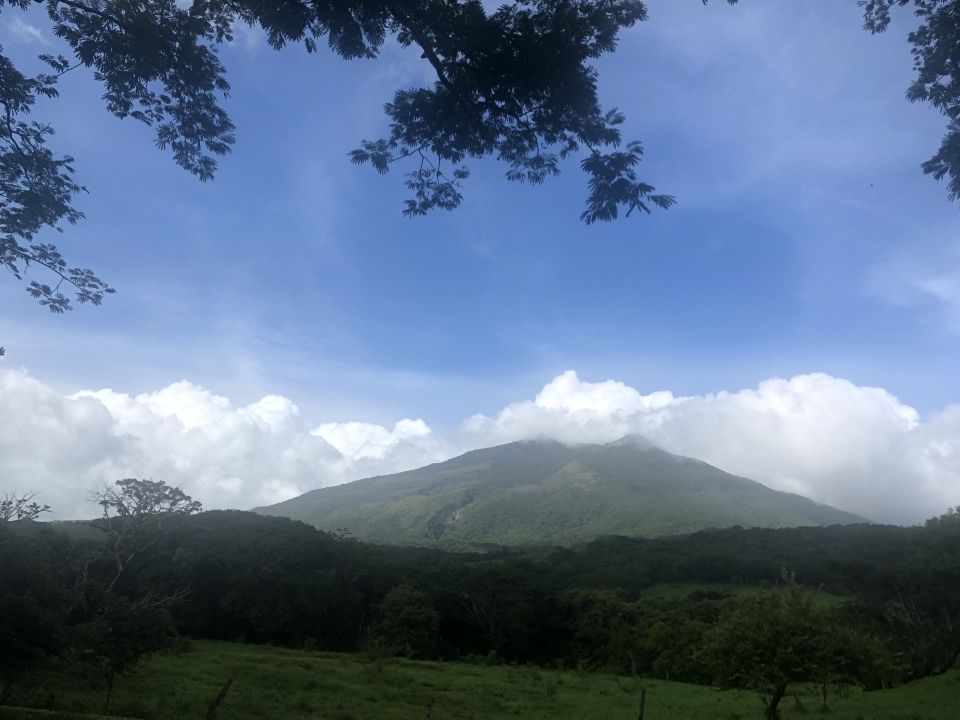
Our reason for traveling to Guayabo was to begin to think about solutions to the problems we were confronted within some of our previous locations. Energy was the focus of Guayabo – specifically wind, solar, and geothermal. Students learned about the pros and cons of each of these energy sources, and how they differed from sources that are already in place (like hydropower and nuclear power). To cement this learning, they visited sites around Guayabo and saw Wind Turbines, Solar Panels, and Geothermal Plants in action. As we looked on, steam was released from the geothermal plant as a result of an excess of hot water, which was then recycled into the plant to help power the turbine. Students saw first hand the windy conditions needed to make wind turbines effective, and realized that Solar Panels produced toxic waste and that we only have 25 years to figure out a solution. In addition to energy, students learned about sustainable farming. Students toured rice farms, saw sugar cane fields, and learned about pesticide usage and the cost of bringing in foreign crops.
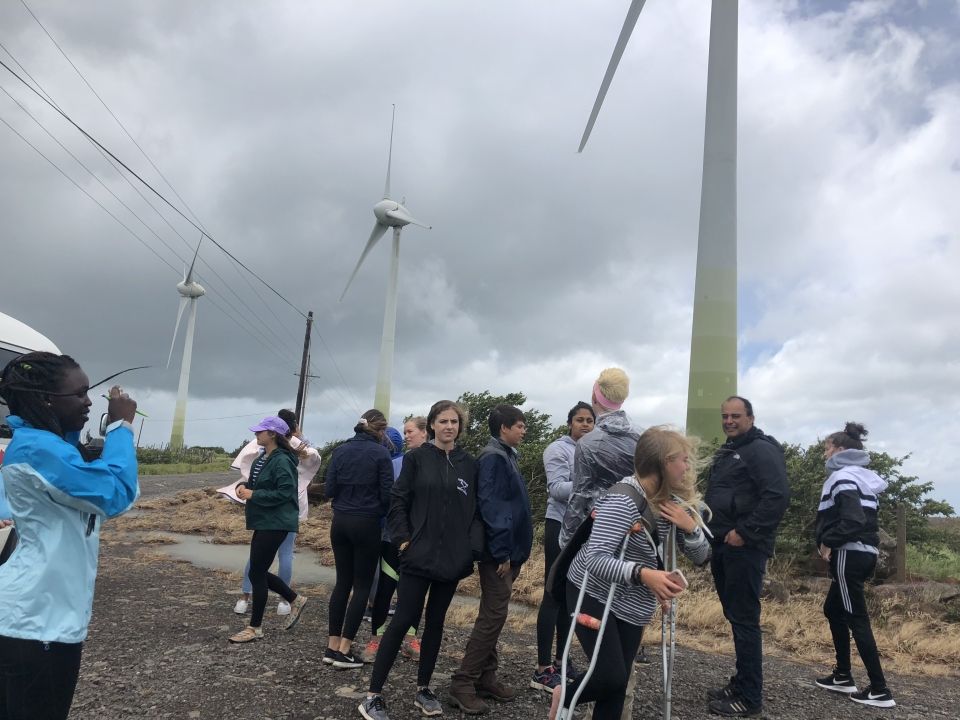
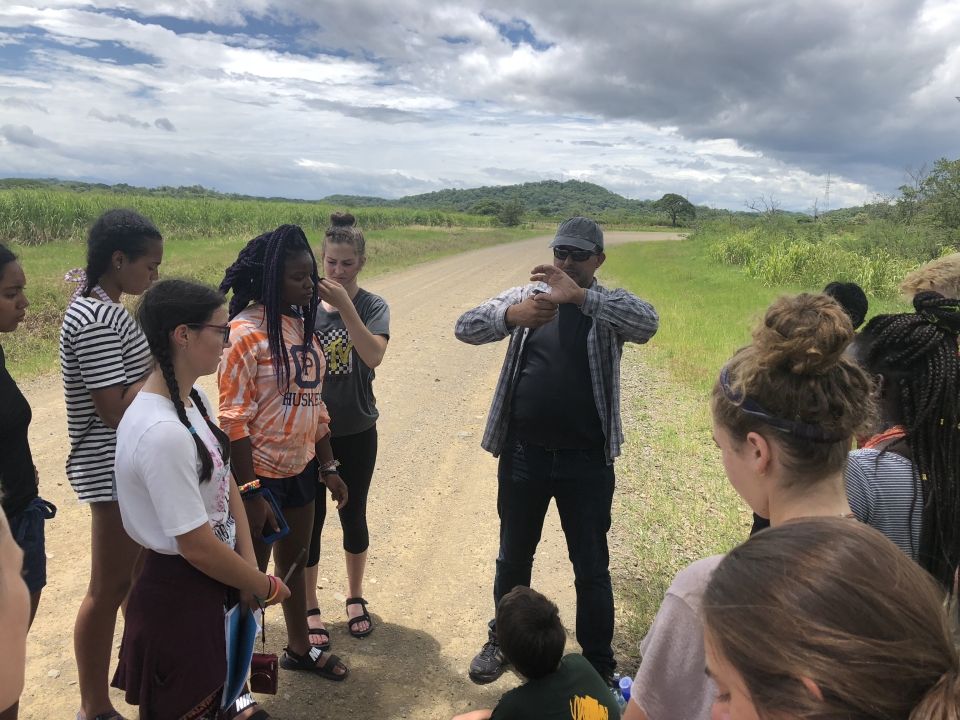
One of the best parts of Guayabo was seeing students begin to use the knowledge and apply it to real-world solutions. Students built model wind turbines to see the process that creates energy. In addition, they built a solar panel using household appliances – tin foil, shrink-wrap, and discarded pizza boxes. These hands-on activities allowed students to apply their work in the classroom to the real world models they viewed on our site visits. These projects also showed students that they have the power the implement changes in their own communities. The unit culminated in an assessment, where students had to select the most efficient source of energy for their dream house, complete with a diagram of how the energy system works, and why they chose to install the selected source of energy. Many students remarked they wanted to explore the topic further for their final projects.
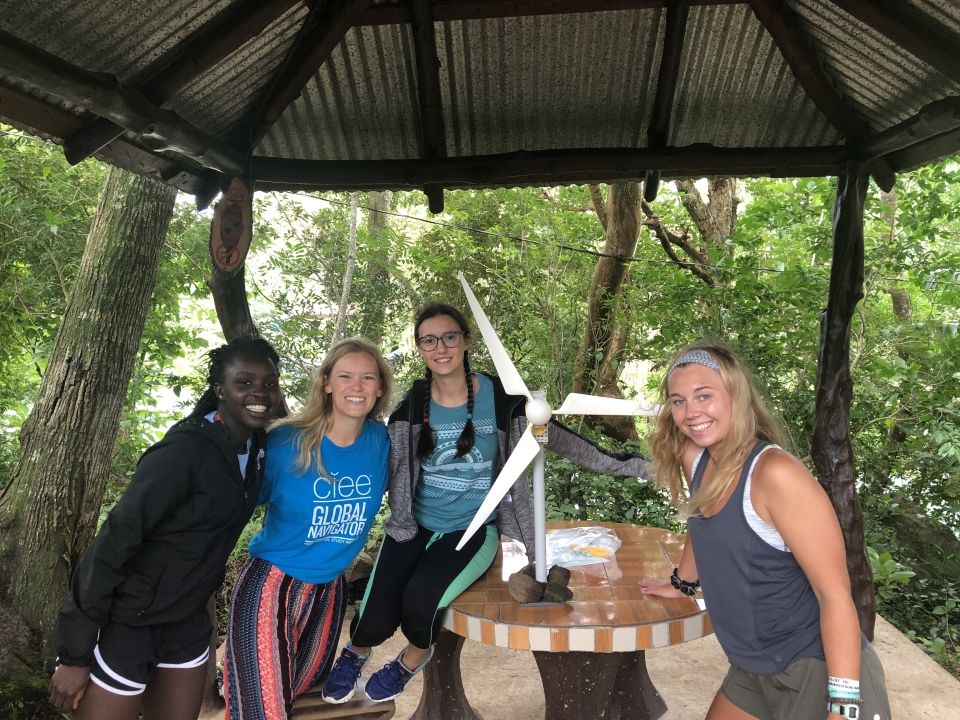
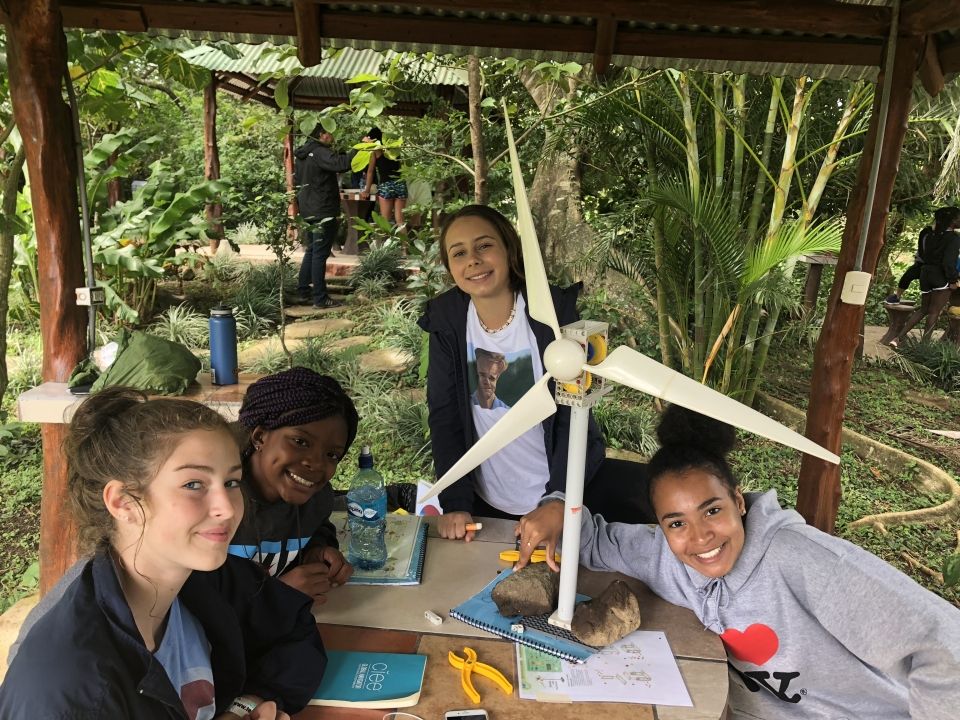
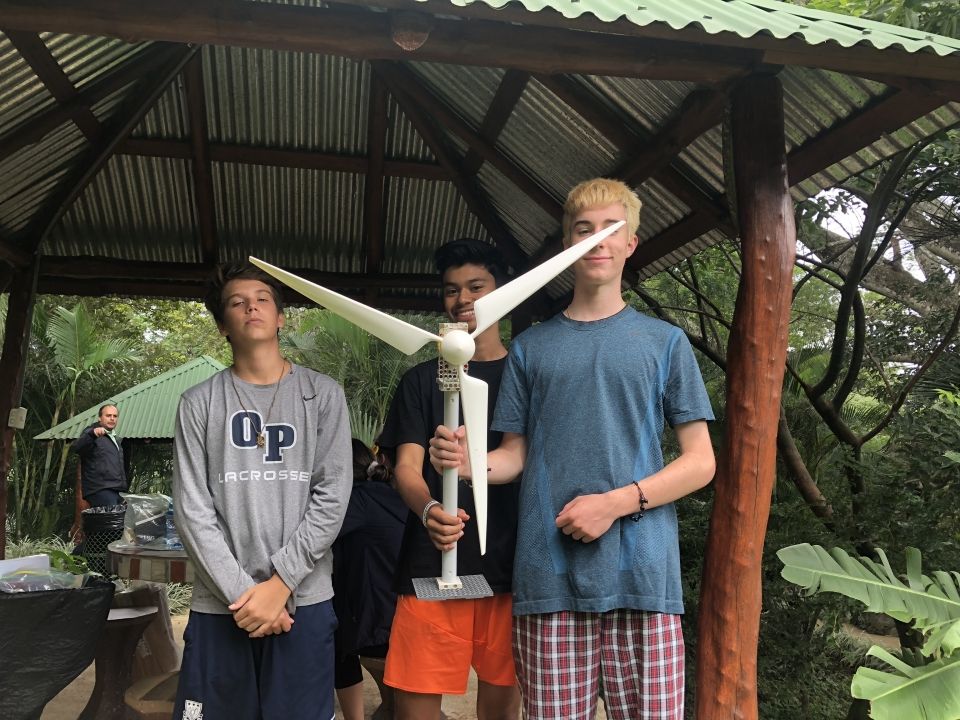
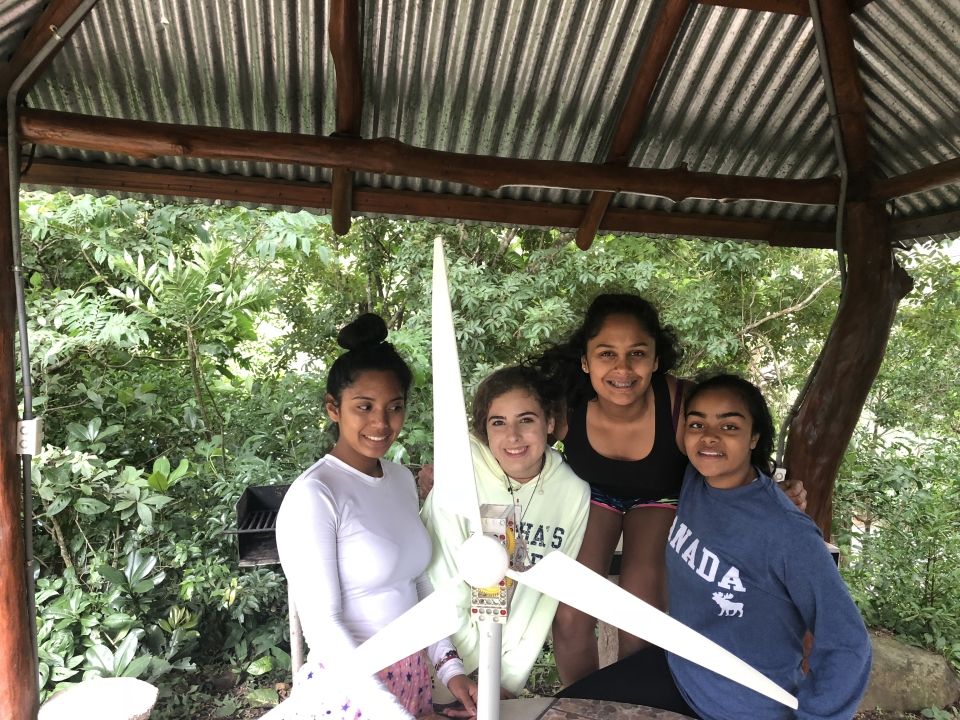
During their off time, students explored the grounds and soaked in the thermal baths. A few brave students even got in the mud! In addition, students supported each other during a karaoke session during one of our lunches out. This was the first location where Rose Angela and I had to actively send the students to bed because they wanted to keep talking to each other. Guayabo was also a location that didn’t have reliable WiFi (as we learned firsthand during an attempted movie night) but students filled the time by playing games and getting to know more about where they each come from, what their school is like, and what interests them.
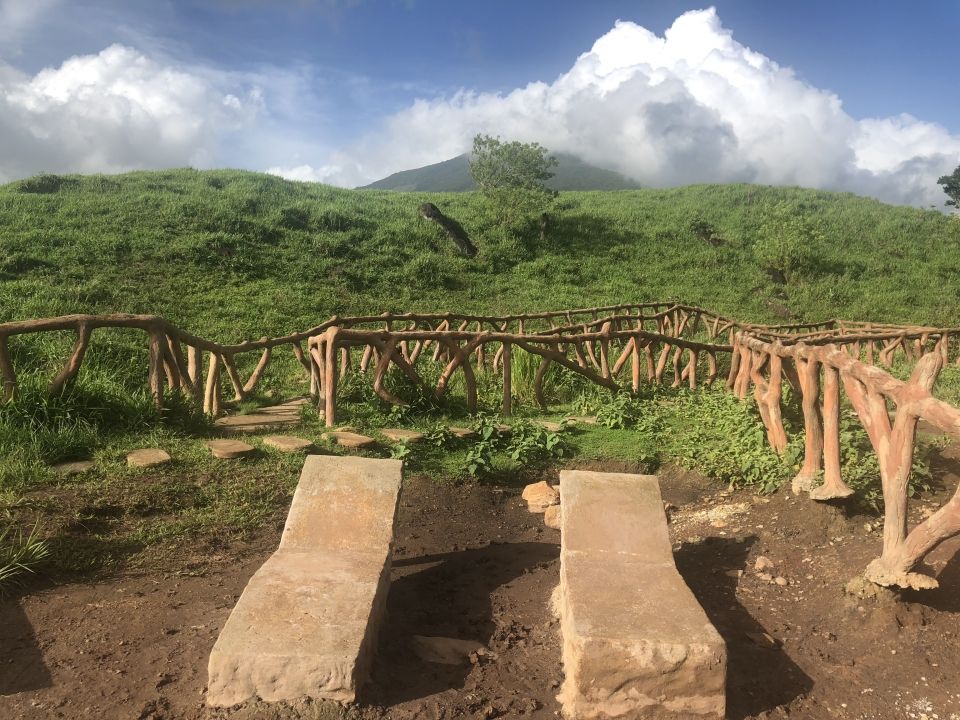
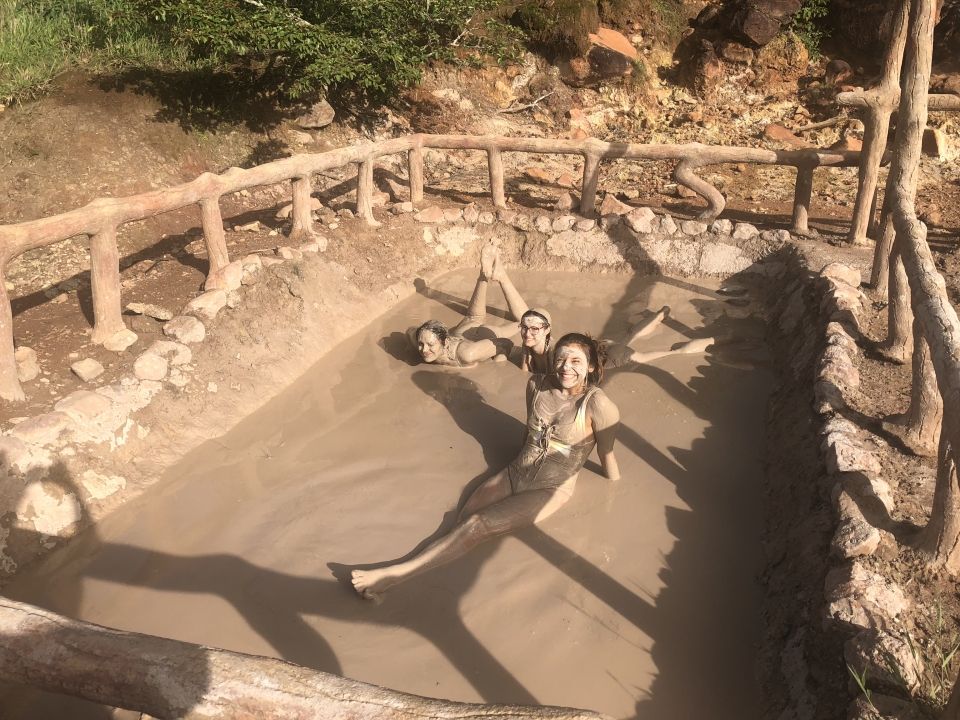
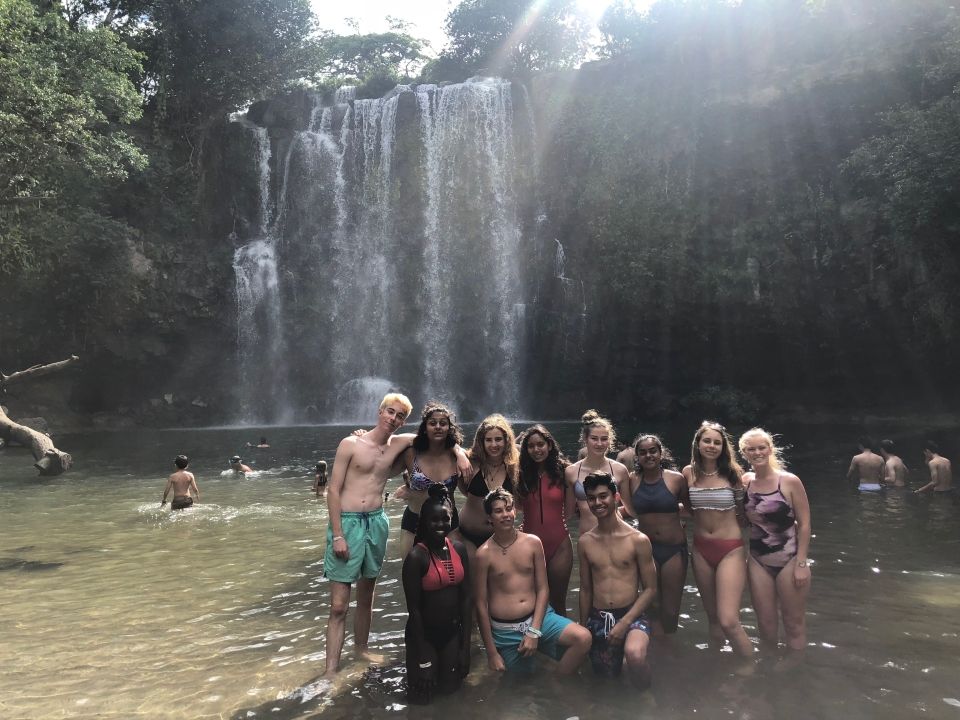
On a personal note, I know I was sad to leave Guayabo the most. It had such a peaceful feeling, from the rolling fog to the sound of water flowing everywhere. They say the grass is always greener on the other side, but in Guayabo it felt like we were the lucky ones living on the other side, in this alternate world where the lights were powered by the wind and teenagers didn’t need phones to connect with each other. I was sad to leave, but Rose Angela, Jorge, and Paula urged the students and myself that all the pieces of the puzzle would fall into place in the last and most majestic location: Monteverde.
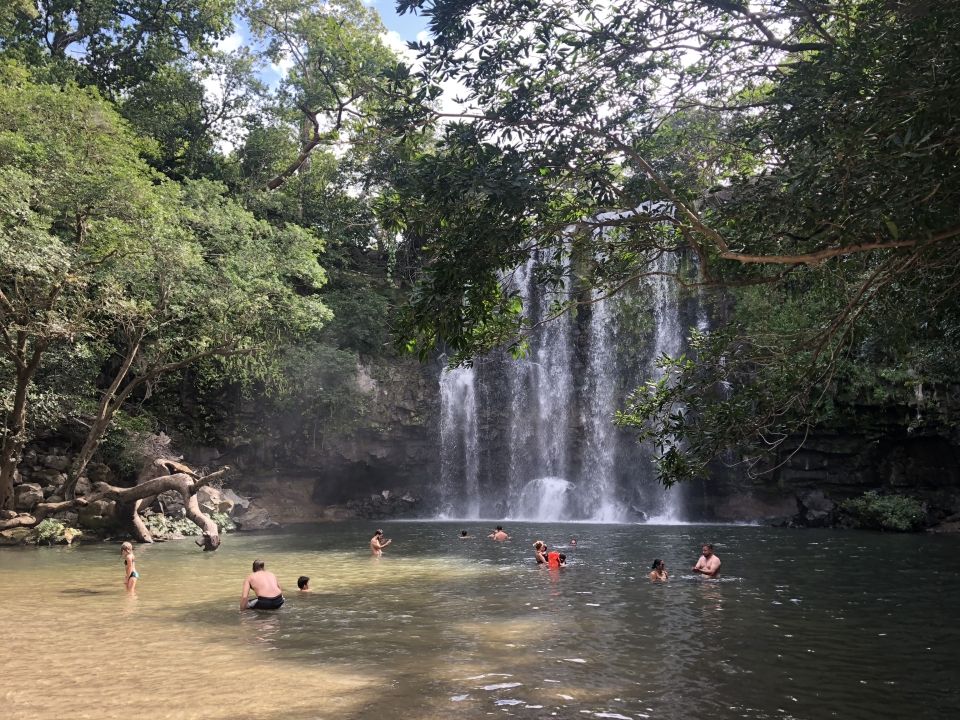
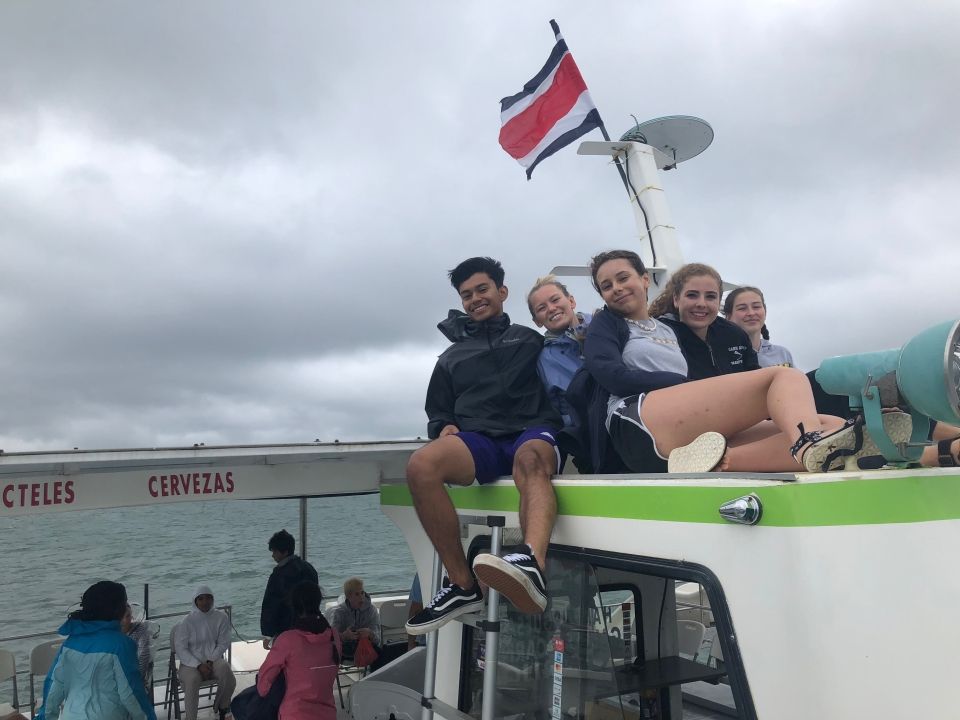
Related Posts
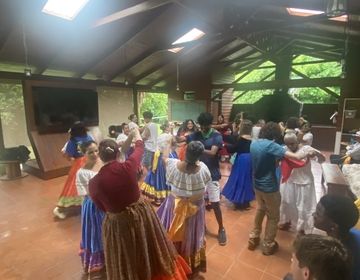
A Colorful Finale
For our last blog post, the incredible Rama Mansour crafted a fantastic summary of our final few days. Great job Rama! The last few days here in Monteverde have been... keep reading

Unexpected Communication
This blog was written by Izaiah Smith. Izaiah is a global navigator that is flexible and is always up for a challenge. Whether that is learning Spanish or meeting new... keep reading
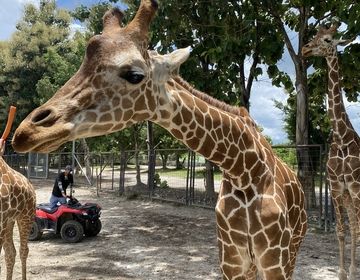
Tubing in Liberia!
Once again, one of our amazing Global Navigators took over the blog posting honor! Kayla Williams created a fantastic update from our weekend in Liberia. Here is what she had... keep reading